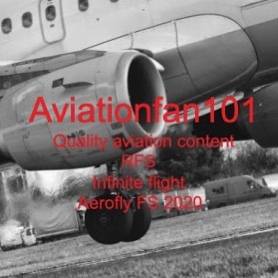RAF Volunteers Conduct Essential Maintenance on Remote Cabins in Alaska’s Tongass National Forest

TONGASS NATIONAL FOREST, ALASKA – A committed Recreational Aviation Foundation volunteer workforce of seven, augmented by two US Forest Service personnel, has just completed a week-long project repairing and maintaining remote, fly-in only cabins at Southeast Heckman Lake in Alaska’s Tongass National Forest. The work is part of an ongoing program to ensure the long-term sustainability of these singularly isolated retreats. The following cabin sustainability plan was previously produced by the Tongass National Forest, highlighting its growing maintenance costs and how that may lead to decommissioning cabins that are accessible by airplane or boat only. These remote cabins offer valuable opportunities for hunting, fishing, hiking, and backcountry safety in solitude and independence. Planning and Implementation The project was masterfully planned over the course of a year by RAF Alaska Liaison Jeff DeFreest, working in concert with USFS Recreation Management Specialist Seth Roseberry. With the help of an RAF grant, the plan was approved by the USFS and the volunteer work party was scheduled for April 2024. This included the moving and repairing of an ice-damaged dock, pressure washing and staining of the cabin, deck, rails and accessibility ramp, outhouse repair, brush clearing and filling the woodshed.Contributions by Volunteers Seven volunteers from around the country, including Michigan Liaison Rob Aho and RAF Director Jeff Russell of Wisconsin joined Roseberry and USFS Forestry Technician Katie McCann. Their combined work regained accessibility for mobility-challenged users and more for another cabin at Heckman Lake and a cabin at Jordan Lake nearby. The teams worked as one integrated group without much distinction between us and them. It was awesome,” said Kari DeFreest, adding, “we also had great, professional support from our local partner, Misty Fjords Air.” Achievements and Impact This collective effort equated to a few significant maintenance achievements that prepared the cabins for use and continued to make them accessible as well as safe to use. The research of cabin utilization and recent maintenance by Seth Roseberry and Katie McCann respectively enabled the volunteers to effectively focus their energy on filling wood sheds and brushing trails. In all, the RAF volunteers maintained three cabins in the Naha drainage area. I think we made a big impact on the cabins we worked on,” said Jeff Russell. “Work got done, fun was had, and relationships were built-true to the RAF way of doing things.”Conclusion Completion of the project underlines that volunteer efforts are the lifeblood in maintaining and preserving remote cabins within Alaska’s Tongass National Forest. These cabins offer something no other area can-an uncommon recreational opportunity-aside from being an essential element in the backcountry for safety and conservation. The spirit of community and cooperation that defines the way these RAF volunteers worked to sustain these remote treasures for future generations is unparalleled.
Archer Aviation and Southwest Airlines Collaborate on Air Taxi Network in California
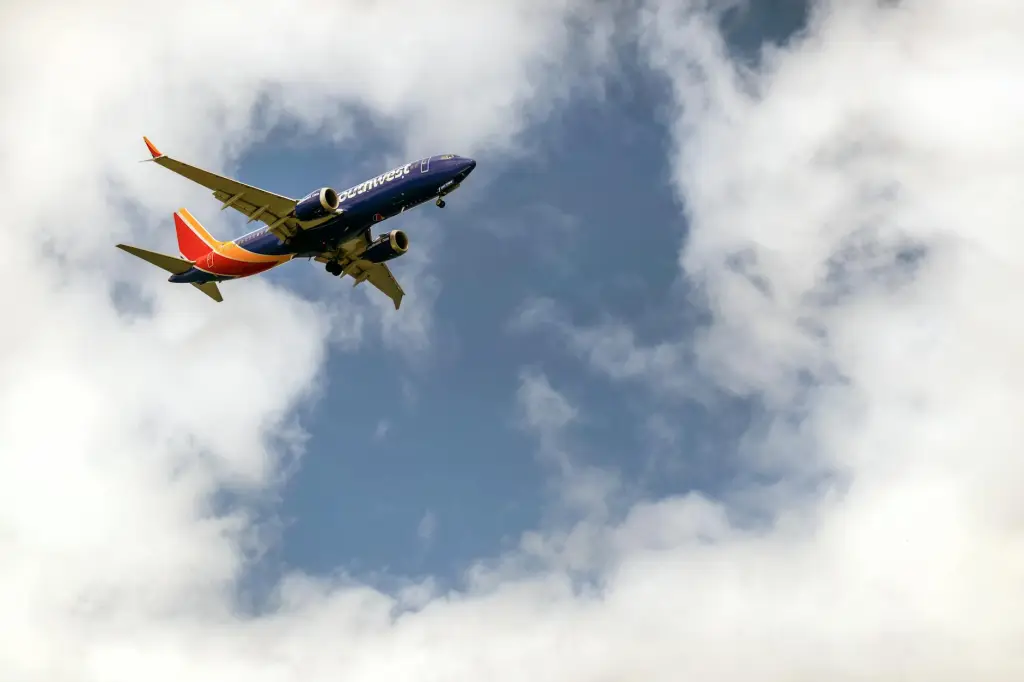
SAN FRANCISCO – Archer Aviation (ACHR) said it’s entering into a major partnership with Southwest Airlines as a way to advance air taxi networks in California. Shares of Archer are up 11%. Archer is a start-up that is working on an eVTOL aircraft. The company has inked an agreement with Southwest Airlines to explore options for the potential of air taxi services to connect select California airports. Such a partnership would afford the convenience of direct transportation from one’s homes, or from locations near their homes, to Southwest flights without having to use any form of ground transportation to the airport. A New Frontier in Urban Mobility On the pact, Paul Cullen, the Vice President of Real Estate for Southwest Airlines, reacted and said, “Southwest is excited to think about how Archer’s air taxis could help our customers travel quickly within busy urban areas when flying on Southwest. We look forward to working with Archer as we explore future commercial possibilities in California and other key Southwest markets.” eVTOL aircraft, such as those under development at Archer, use vertical takeoff and landing capabilities, akin to helicopters. That capability could enable such aircraft to operate within urban environments without requiring runways, potentially revolutionizing travel over short distances in heavily congested areas. Investor Confidence and Market Potential Obviously, the fact that Archer has teamed up with a serious airline like Southwest is in itself strong endorsement of the company’s business plan and technological capabilities. Archer still needs to overcome substantial regulatory hurdles and doesn’t expect to start commercial services before late 2025, but this agreement is a big market opportunity for eVTOL technology. Other companies, like Joby Aviation, also report rapid progress in the commercialization of eVTOLs-a sure sign of an unstoppable and possibly lucrative market in the near future. Stock Performance and Investment Considerations Archer Aviation’s stock, also known by its ticker, NYSE: ACHR, skyrocketed following the announcement due to the investors’ belief in the partnership’s potential. At the time of this update, Archer has a stock price of $5.05 and a market capitalization of $2 billion. With all the good news, investors must be reminded of the risks and volatility that come with emerging technologies and early-stage companies. While there is an exciting partnership with Southwest in place, one must revisit Archer’s general position in the marketplace for its competitive landscape and long-term viability. Conclusion This deal between Archer Aviation and Southwest Airlines accelerates the development of solutions for urban air mobility. As Archer moves along with certification and commercialization, this deal certainly puts a bright light on growing interest and investment in eVTOL technology as a game-changing mode of transportation.
Dassault Advances Falcon 10X Development Amid Challenges
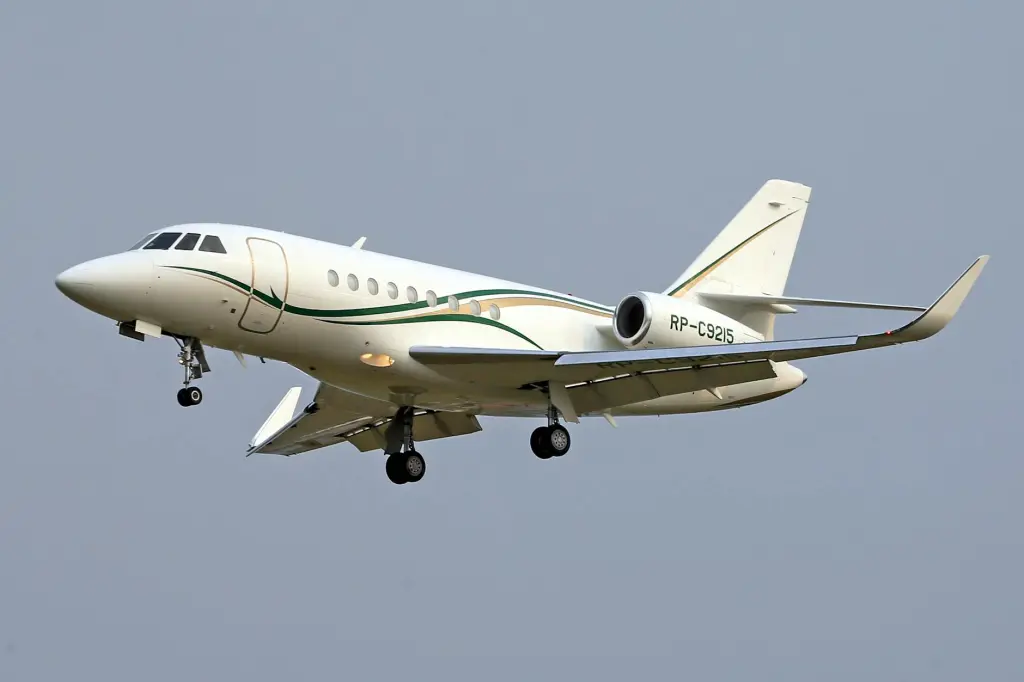
EBACE-Dassault Aviation is forging ahead with the development of its new flagship business jet, the Falcon 10X, which is slated to enter into service in 2027. The 10X will feature a 7,500-nm range and a top speed of Mach 0.925, placing it at the forefront of the ultra-long-range business jet category. At EBACE, Dassault Aviation revealed a full-scale mockup of its Falcon 10X, complete with its flight deck and a comfortable 53-foot-long cabin. The display was a sneak peek into the aircraft’s sumptuous interior and high-tech features. Pandemic Delays and Supply Chain Problems Eric Trappier, Chairman and CEO of Dassault Aviation, told reporters at EBACE that he realizes the pandemic, coupled with the ongoing supply chain problems, has delayed the project. Undeterred by this, Trappier highlighted how confident he was with the revised timeline: “We are now confident that [2027] should work.” After the Falcon 6X certification, the company revised the estimates for the Falcon 10X and set a new development schedule. Progress of Major Assemblies Dassault and its partners have completed the first examples of major assemblies for the Falcon 10X, including all-composite wings, fuselage, and empennage sections. The parts will enter final assembly at Dassault’s Bordeaux-Mérignac facility later this year. Engine Testing and Performance Initial flight testing of the Rolls-Royce Pearl 10X engine-the powerplant selected for the Falcon 10X-has begun on a Boeing 747. According to Trappier, to date, the engine has accumulated around 10 flights, combined with 2,500 hours of ground testing and 7,700 cycles. Dassault also reported that the Pearl 10X has ground tested on 100 percent sustainable aviation fuel, in line with its pledge to be eventually carbon neutral. Full Systems Testing Meanwhile, Carlos Brana, Executive Vice President Civil Aircraft for Dassault Aviation, underlined the ongoing test campaign on the systems for the Falcon 10X. The company has conducted an approximate 4,500-hour test on such critical systems as hydraulics, landing gear, and brakes. Innovative Cabin and Flight Deck Features Once certified, the Falcon 10X will have the capacity to carry 19 passengers and boast the largest cabin ever built for business aviation at an astonishing 6 feet 8 inches tall and 9 feet 1 inch wide. The cabin’s modular design allows customers to choose configurations that include an expanded dining/conference area, an entertainment zone with a large-screen monitor, and a master suite with a private stand-up shower. The Falcon 10X will be able to link major city pairs such as London to Buenos Aires, Los Angeles to Jeddah, and Geneva to Singapore. That advanced Honeywell Epic-powered Easy IV flight deck will integrate a number of new safety enhancements: touch-screen displays, a single-lever Smart Throttle, and an automatic recovery mode. With Dassault Aviation forging ahead with the Falcon 10X, it is well-placed to raise the stakes in the business aviation segment once more, marrying performance and comfort with some seriously advanced tech.
Textron Aviation Reports Mixed First Quarter; Growth in Jet Deliveries Offset by Decline in Turboprops
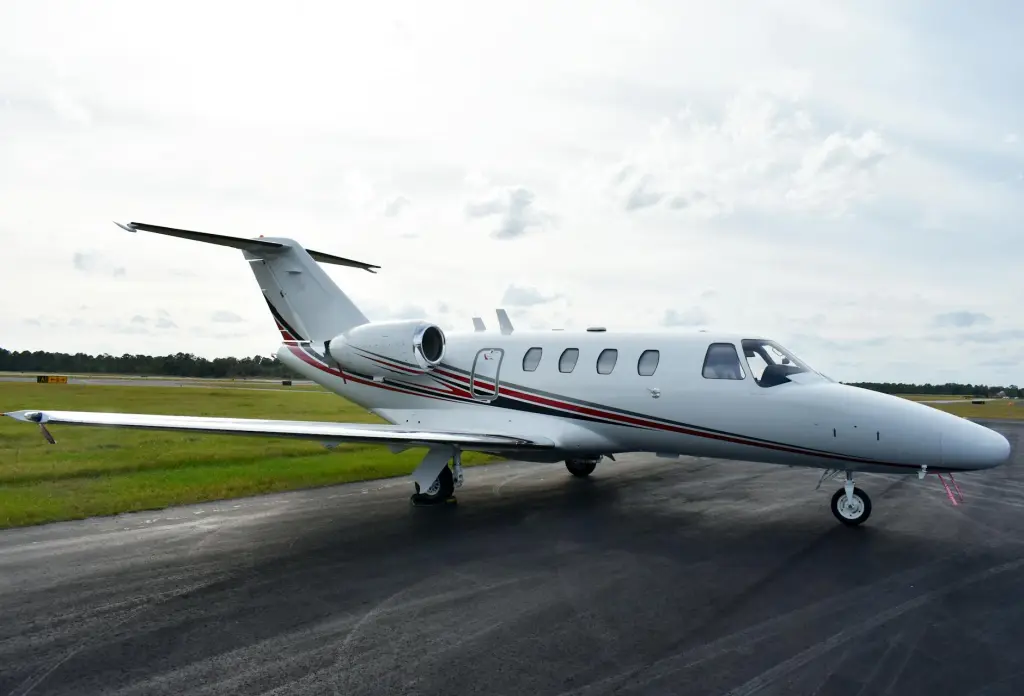
The first-quarter aircraft delivery report released by Textron Aviation showed mixed performance, with jet deliveries remaining steady, while turboprop deliveries went down noticeably. Wichita-based aircraft maker announced that it delivered 36 Citation jets, a bit higher compared to last year, but recorded turboprop shipment decrease to 20 from 34. Those deliveries of jets included four M2s, six CJ3+s, six CJ4 Gen2s, two XLS+s, 13 Latitudes and five Longitudes. A marked change included Latitude deliveries rising from seven to 13 while XLS+ deliveries fell from five to two. Turboprops did not fare as well: Caravan turboprop singles delivered at a rate of 12 versus 19 in the same period last year. Twin-turboprop King Airs dropped from 12 to seven. Deliveries of the recently introduced SkyCourier twin also slowed to one in this year’s first quarter from three in 2023’s first quarter. Despite mixed delivery performance, Textron Aviation revenue swelled to $1.2 billion, $39 million higher than it was a year ago, with $48 million from strategic price increases. Frank Connor, CFO at parent company Textron Inc., added that segment profit grew to $143 million, up $18 million from last year due mainly to effective pricing that “outpaced inflation.”. Looking ahead, Scott Donnelly, president and CEO of Textron, was bullish on 2024, anticipating further growth in aircraft deliveries along with gains in supply chain efficiencies. He hedged that disciplined pricing would be required to offset the impact of inflation across the year. Backlog at Textron Aviation rose to $7.3 billion, up $177 million, representing solid future demand. Its Textron’s eAviation segment was the weakest link, with losses more than doubling to $18 million amid increased research and development. The company finally saw some progress in the segment after the FAA exemption allowed flight training using the Velis Electro, which should see the prospect of increased sales and training hours going forward in the U.S. The continuation of the tests is likely to continue in the last quarter of this year and, at the same time, an investment level stabilization of the eAviation programs,” Donnelly added, optimistic. Mixed performance across the first quarter reflects Textron Aviation’s dynamic nature as it works its balance between advancements in traditional and electric aircraft under shifting market conditions.
American Pilots Report Surge in Maintenance Issues After Reduction in Routine Checks
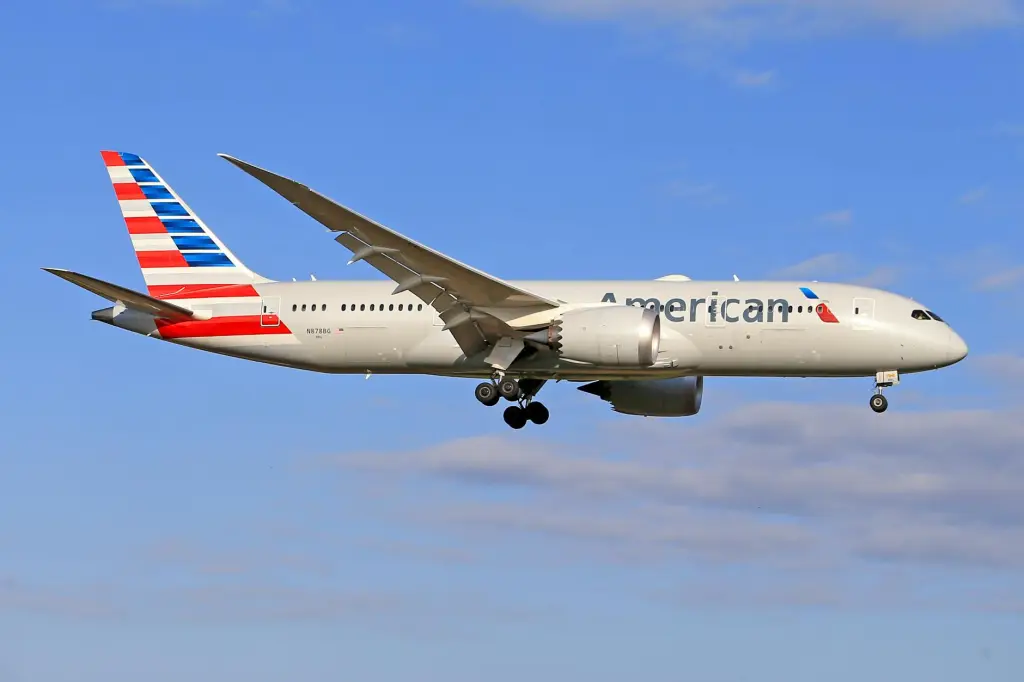
Since American Airlines scaled back the frequency of routine inspections, maintenance and safety issues have reportedly been on the increase as its pilots say. Based on an email sent to members by the Allied Pilots Association, a “significant spike” in maintenance-related problems has required the need for pilots to be extra vigilant and report any concerns they encounter. The union’s notice said that American Airlines has not only reduced the frequency of its routine inspections but also curtailed overnight maintenance checks. Conventionally these checks are supposed to involve a detailed examination of out-of-service aircraft; however, under the new policy, maintenance crews attend only to specific issues reported by pilots, called squawks. The carrier has also decided to use “abbreviated” flight tests after major maintenance or if an aircraft has been stored for a considerable period of time. Dennis Tajer, an APA spokesman, said he has been meeting with American Airlines executives about growing concerns voiced by pilots. The discussions have been positive, he said, with airline officials receptive to the feedback. “We fully intend to do everything we can to assure that American maintains strong margins of safety,” Tajer said in an interview with a Dallas NBC affiliate. This happens against a wider backdrop where aviation is under a microscope as far as safety practices are concerned, especially in view of recent incidents involving other big airlines. The proactive stance the APA has taken is to ensure that such accidents can be avoided by nipping the problems in the bud early in the sequence of events that can often lead to major situations.
Conflicting Pilot Accounts and Late Braking Lead to United Airlines Runway Excursion: NTSB Preliminary Report
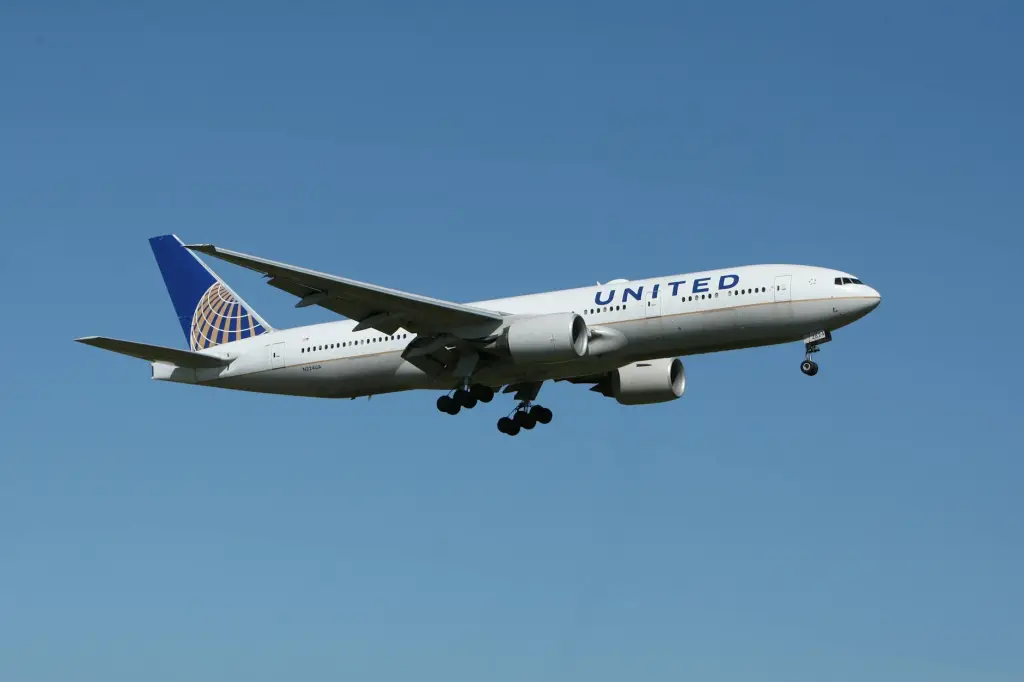
The National Transportation Safety Board issued a preliminary report on a runway excursion incident involving a United Airlines 737 MAX 8 aircraft that occurred March 8, with two different accounts of conditions on the runway from the flight’s pilots. The accident occurred as the pilots were positioning the aircraft for landing. The captain was flying and the first officer acting as pilot monitoring. The discrepancies were found in their accounts, especially on runway conditions. He remembered that the runway condition codes are 3/3/3 for Runway 26L and 26R, slipped with water, while Runway 27 was better according to him with codes of 5/5/5. The NTSB however corrected that Runway 27 was actually coded 3/3/3, contrary to what the captain expected. When the captain asked, the first officer successfully requested a change to Runway 27, with instructions to maintain their speed up and permission granted to roll out to the runway’s end. In anticipation of this, the captain decreased the autobrake setting from 2 to 1, thereby lowering the aircraft deceleration rate when landing. As the aircraft broke through the clouds, visibility was restored, and it now appeared that both pilots perceived the runway environment a bit differently-the captain thought the runway was dry, but the first officer indicated that it looked wet. Nevertheless, touchdown was reported as smooth and within the touchdown zone at a suitable speed. In its conclusion, the NTSB stated the following: “Due to the perception by the captain that the runway was dry, speed brakes and autobrakes were not inactivated until five seconds after touchdown because of his desire to minimize runway time, thus minimizing passenger discomfort. Manual braking did not commence until much later, when the aircraft was 4,000 feet from the end of the runway.” This delay in reaction became critical when the captain, realizing that the runway length was getting too short, started to increase the braking pressure and tried to turn onto a taxiway. The aircraft veered off the runway, with its left main and nosewheel tires entering the grass, which finally stopped the aircraft. The incidence has sparked questions about the decision-making process and the observance of the guidelines stipulated for United Airlines in which the guideline notes a conservative approach in assessing runway conditions along with braking strategy, which stipulates to choose the maximum auto brake setting if in doubt. This episode underlines the importance of runway condition assessments and the critical nature of decisions regarding braking in the interest of aircraft operation safety.
Gulfstream’s G700 Achieves FAA Certification, Elevating Business Aviation Standards
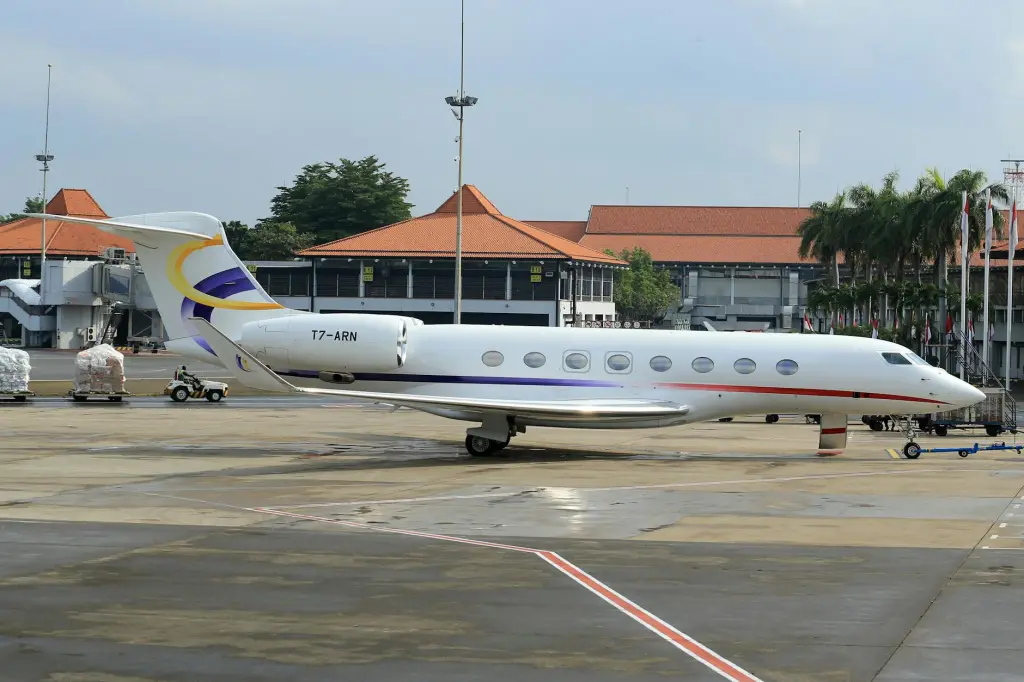
Gulfstream Aerospace officially announced the FAA certification of its highly anticipated G700 aircraft, viewed as a major milestone in the world of business aviation. The Savannah, Georgia-based manufacturer has finally overcome more than two years of delays that were mainly attributed to the enhanced certification requirements which emerged in the wake of the Boeing Max incidents. The G700 has also been keenly scrutinized due to its impressive 7,750-nautical mile range, with Gulfstream so far building 53 of the model, according to data provided by Amstat. Of these, 46 are still awaiting delivery to eager customers, demonstrating just how high demand is for this twinjet. Testing with this certification showed that the G700 features superior performance capabilities, featuring longer range than previously announced, more speed and a higher cabin altitude. It has a balanced field length for takeoff at only 5,995 feet, with a landing distance of 3,150 feet. Its Mmo is Mach 0.935, making the G700 the fastest in the Gulfstream fleet and once more a showcase for Gulfstream’s commitment to continually raising the bar in business aviation. According to Mark Burns, President of Gulfstream: “We’ve completed the most extensive certification program in company history with the G700.” He expressed his thanks to the dedicated team of professionals across flight test, certification, and engineering who played crucial roles in reaching this milestone. Burns said the G700 ushers in a new era in performance and cabin comfort for business aviation through adherence to the most strict certification standards in the industry. With the G700, business aviation is about to be transformed in ways unimaginable with regard to performance and luxury. It will be an unmatched travel experience for customers, given the advanced capabilities and features therein. Looking to the near future, Gulfstream anticipates the end-of-year certification of the G700’s little sibling, the G800, which should help solidify its position as a leader in high-performance, luxury business jet production to meet the diverse needs of the global business aviation community.
Boom Supersonic Achieves Milestone with XB-1 Supersonic Demonstrator’s First Flight

Boom Supersonic completed several key milestones in aviation following the maiden flight of its XB-1 supersonic demonstrator. Launching from Mojave Air & Space Port, the jet climbed to an altitude of 7,120 feet and a speed of 238 knots, or the sort of golden moment of trying to resurrect commercial supersonic travel. The XB-1 features a number of the advanced technologies that are expected to be integrated into Boom’s Overture supersonic airliner targeted for first flight in 2027. Other upgrades include the use of carbon fiber composites, modern avionics systems, advanced digital optimizing of aerodynamics, and an advanced propulsion system for supersonic speeds. It’s a milestone with challenges, and recently, it was marked by the pulling out of Rolls-Royce from this Overture project. Although it initially began to examine the technical feasibility for Overture propulsion, Rolls-Royce decided against further participation because the commercial supersonic aviation market is not in line with its current priorities. Not put off by Rolls-Royce’s departure, Boom revealed its own project, at the end of 2022, for an in-house engine called Symphony, aimed at powering the Overture, in cooperation with engine designers, an additive manufacturer and a turbine engine maintenance specialist. The maiden flight by XB-1 marks the return of civil supersonic jets to flight for the first time in two decades since the Concorde retired. Boom Supersonic claims this sets the stage for Overture, a 64- to 80-seat supersonic airliner that will cruise at speeds of Mach 1.7. With a hope to get the Overture out in 2026 and certified by the end of the decade, Boom hopes to change high-speed flight. Blake Scholl, founder and chief executive of Boom Supersonic called the moment a moment he’d been waiting for since starting the company back in 2014. He framed the flight of the XB-1 as a monumental step toward his eventual goal of supersonic flight for people around the world. In addition, Boom emphasizes that it is economically and environmentally feasible to cross the standing challenges of the Concorde, given the technological developments in the last 50 years. Innovations include an augmented reality vision system and sophisticated computational fluid dynamics simulations among the features toward ensuring the feasibility of supersonic travel. As the Overture approaches production, Boom Supersonic has also been growing its network of suppliers and claims 130 aircraft on order from leading airlines such as American Airlines, United Airlines, and Japan Airlines. This just underlines Boom’s commitment to bringing supersonic travel back into the world stage.
Boeing Issues Safety Advisory for 787 Dreamliner Seat Switches After LATAM Incident
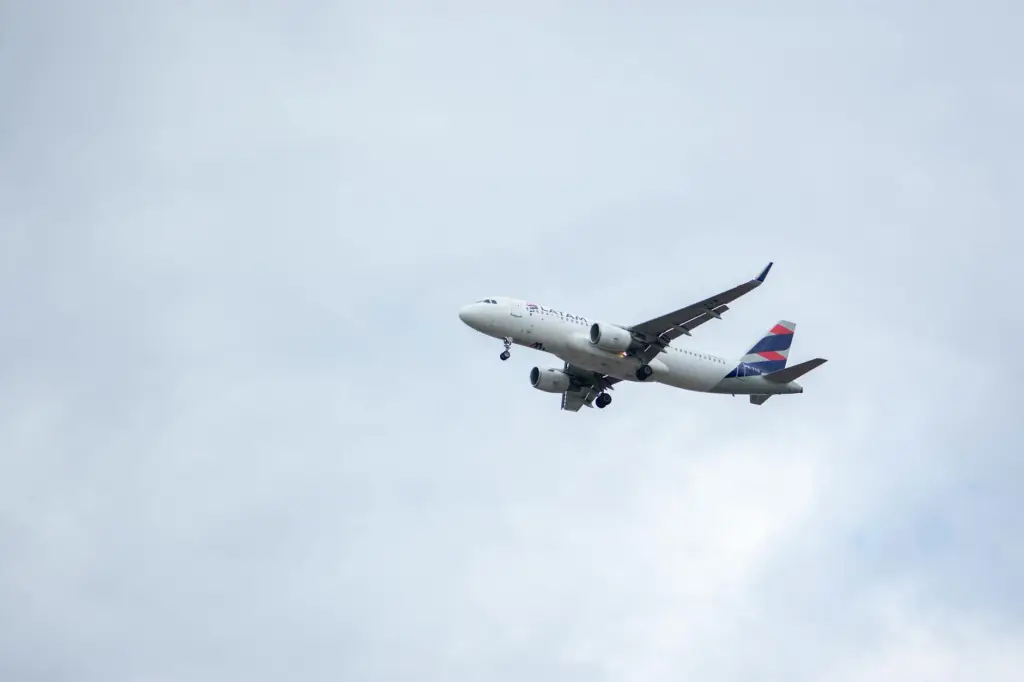
Boeing has issued a safety notice to advise airlines to check the pilot seat switches on its 787 Dreamliner aircraft. The move comes after the terrifying LATAM Airlines flight incident, during which approximately 50 passengers and crew members were injured owing to the plane’s erratic drop. The aerospace manufacturing giant termed the advisory a “precautionary measure, recommending that the inspections be integrated into scheduled maintenance of the jet.” United Airlines, and American Airlines operate the largest fleets of the Dreamliner today, with 71 and 59 aircraft, respectively. The incident that led to this advisory involved a 787 diving suddenly and unintentionally because of an unusual event in the cockpit. According to the Wall Street Journal, in an article that cited anonymous U.S. industry officials familiar with the preliminary investigation, a flight attendant serving a meal in the cockpit hit a switch on the back of the seat, which forced the pilot forward and inadvertently made contact with the aircraft’s controls, promoting the abrupt maneuver. Following the accident, Chile’s aviation authority sent out a group of investigators to New Zealand to lead the investigation into the LATAM Airlines incident. To this date, no official declaration or findings have been made public while investigations are underway. This incident has brought into question the safety and design of the cockpit controls and seat adjustments in modern airliners and has emphasized strict checks and balances in aircraft operation and maintenance routines. Boeing had issued an advisory to prevent any recurrence of such events by ensuring that all its 787 Dreamliners have their seat switches inspected for flight operations safety.
United Airlines Faces Multiple Emergency Landings, Including a Hydraulics Issue on Flight to Mexico City

SAN FRANCISCO — In the latest of a series of disappointing and disturbing incidents in one week, United Airlines was compelled to make an emergency landing in Los Angeles on a Mexico City-bound flight from San Francisco as it faced a hydraulic problem. This makes for the fourth such incident relating to the airline this week. It touched down safely at Los Angeles International Airport at about 4:30 p.m. and none of the 110 passengers on board was hurt, United Airlines said in a statement. Fire trucks stood by at the airport, but never needed to act, according to Nicholas Prange, a Los Angeles City Fire Department spokesman. United Airlines responded by saying that passengers were being booked onto a different flight to Mexico, departing later on Friday. The aircraft do have safety measures as, according to the airline, “The Airbus A320 has three hydraulic systems to provide triple redundancy. Preliminary information is that only one hydraulic system on this aircraft experienced an issue.” The FAA says it intends to investigate the circumstances surrounding Friday’s emergency landing. The incident capped a week of aviation mishaps for United Airlines: a separate United Airlines flight bound for Houston, Texas was forced to evacuate its passengers after a detour from the runway left it stuck in the grass. United Airlines said none of the 160 passengers and six crew on board were injured. Social media images of the aftermath of the Houston incident showed the aircraft listing, its wing alarmingly low to the ground. In another incident Thursday, a United Airlines flight bound for Japan was diverted to Los Angeles shortly after taking off from San Francisco because of a lost tire. No one was hurt. The surveillance video, obtained by ABC News, shows that within seconds of its takeoff, one of the six tires attached to the left-side main landing gear assembly became dislodged from the plane and landed in an employee parking lot at San Francisco International Airport. The tire destroyed a car, finally coming to rest in the adjacent lot. In one incident earlier in the week, a flight from Houston to Fort Myers, Texas, turned back to Houston when an engine of the aircraft caught fire. The passengers were able to capture on camera the moment when flames could be seen to emanate from the engine, although fortunately, no injuries were reported in the incident involving the Boeing 737. These back-to-back emergencies have cast a spotlight on United Airlines’ operational safety, with investigations being launched and questions raised over measures put in place to ensure passengers and crew are safe.

